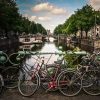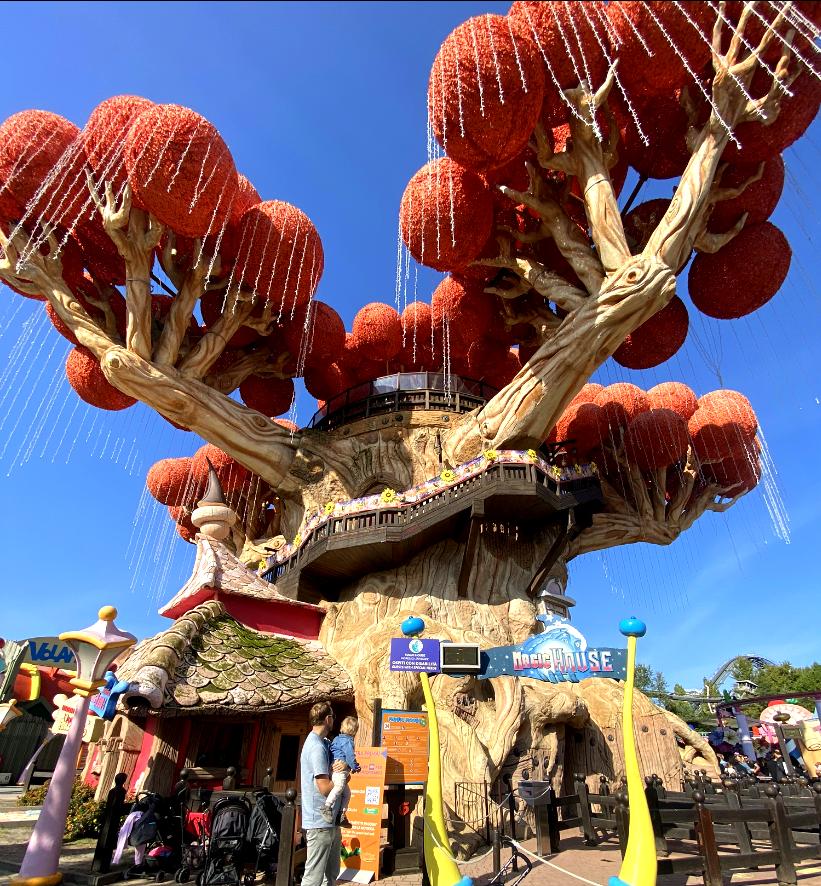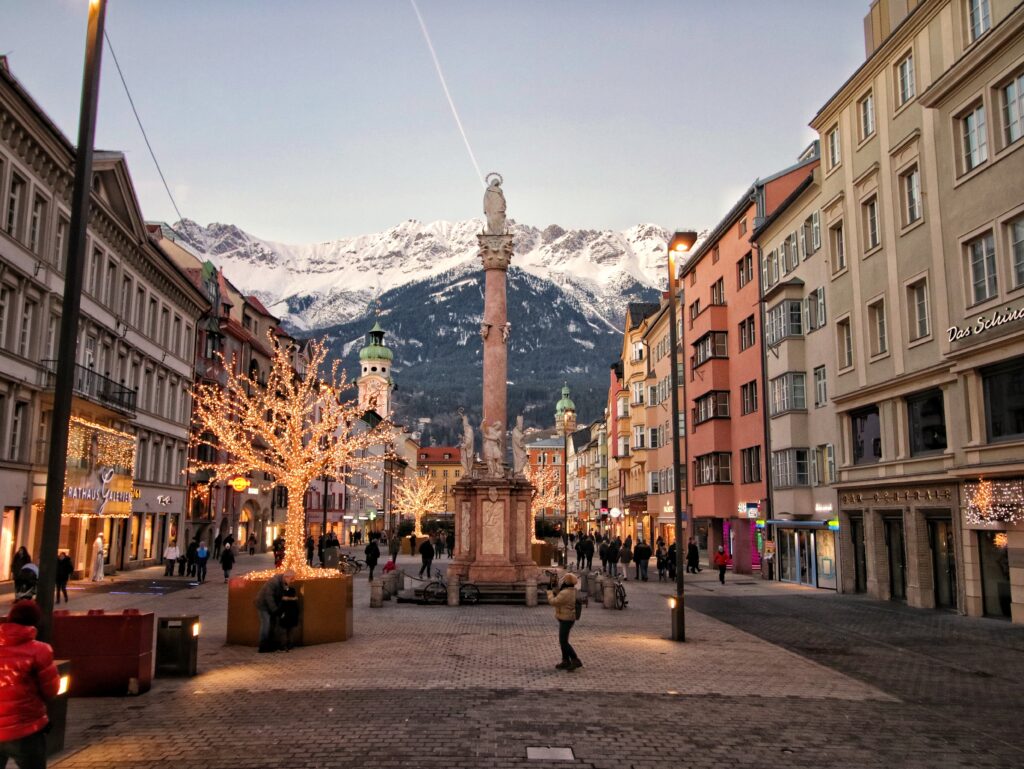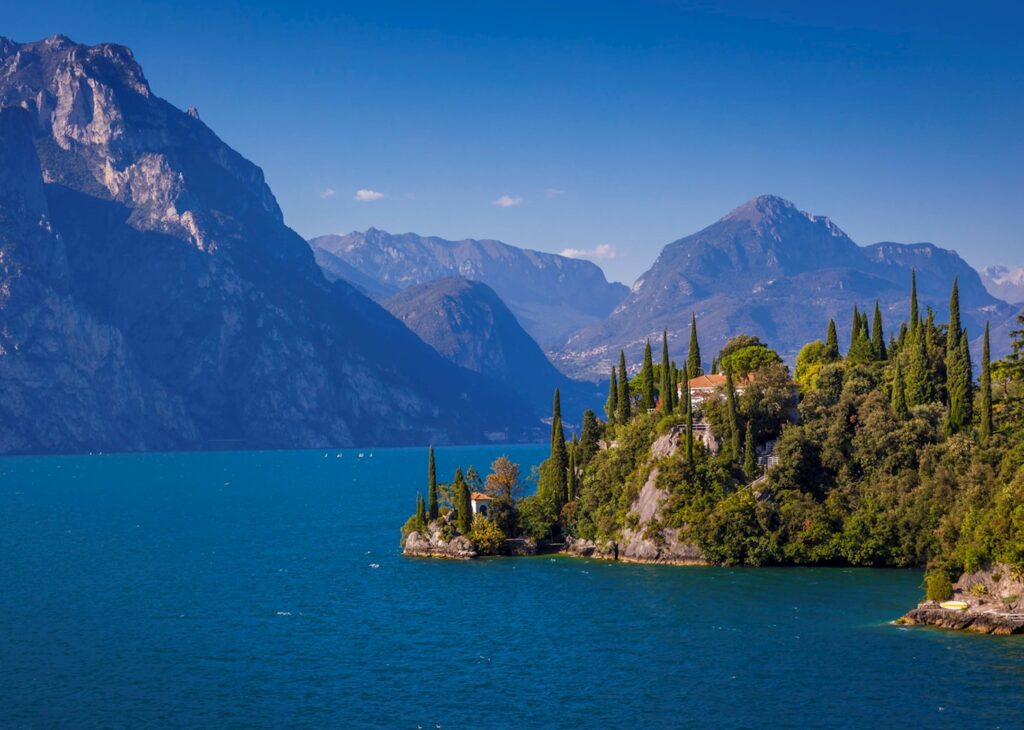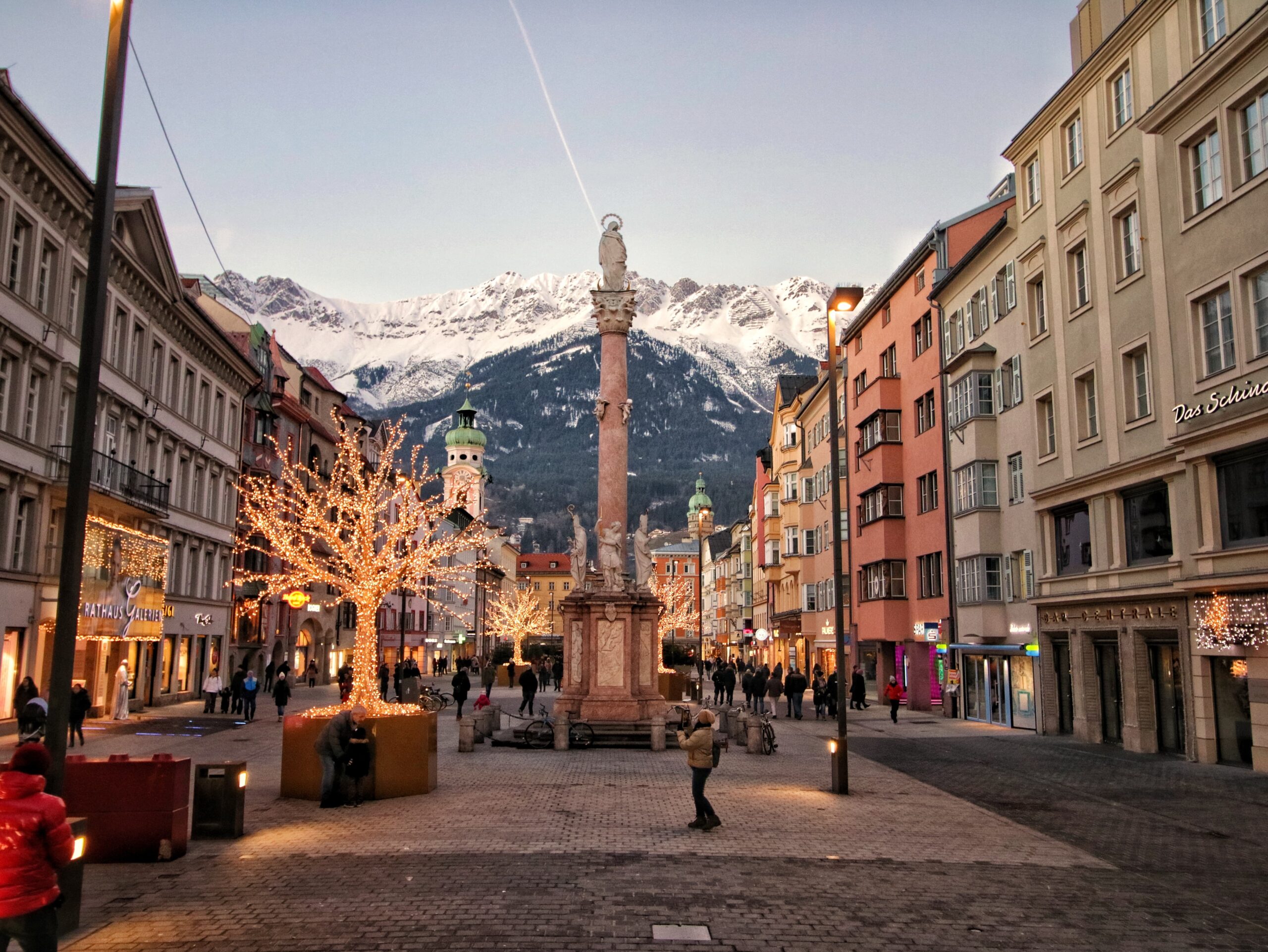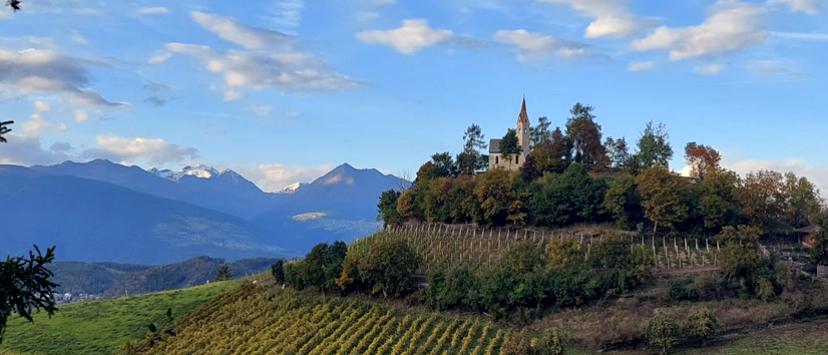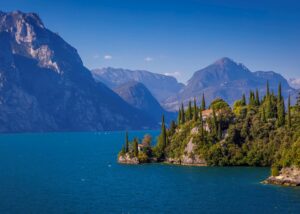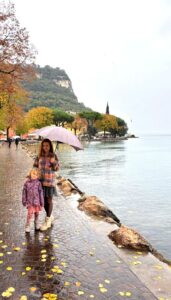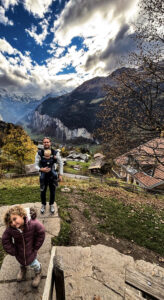Dolomites, Garda and Switzerland : (12 Days, 11 Nights)
If you’re searching for a place that feels like it’s leapt straight out of the pages of a fairytale, look no further than this enchanting and timeless region.
Discover meadows overflowing with wildflowers, shimmering crystal-blue lakes, and charming Alpine villages. As you wander past royal palaces once home to "mad" kings, you'll be surrounded by the legendary Alps—a majestic mountain range whose rich history and splendor seem to surpass even its tallest peaks. You're about to embark on a journey you'll treasure forever!
Must-See Highlights:
- Explore the world-famous Hohenzollern and Neuschwanstein castles
- Stroll through idyllic Bavarian villages straight out of a storybook
- Surround yourself with snow-dusted Alpine peaks
- Visit Salzburg, Mozart’s elegant and picturesque birthplace
3 countries, 4 Destinations
Best Season for Travelling : May - November
Day 1: Trip from Netherlands to Germany
Programme:
Day 2: Germany-Austria and arrival
Programme:
Day 4: Brixen?
Programme:
Day 5: Bolzano
Programme:
Day 10: Garda
Day 11: Gardaland
Day 12: Switzerland
Day 13: Switzerland
General Information
The Alps, Europe’s iconic mountain range, stretch from the French Riviera across Switzerland, northern Italy, southern Germany, and Austria, all the way to Slovenia. Austria, a landlocked gem in Central Europe, is deeply intertwined with the Alps, where hiking, skiing, and snowboarding are more than just activities—they’re part of life. With a population of 8.7 million, Austria boasts towering peaks, including the Grossglockner at 3,798 meters.
Germany’s Alpine region, though not as high, is equally stunning. The Zugspitze, at 2,962 meters, is the highest peak and a favorite for adventurers. Germany, with nearly 83 million residents, blends bustling cities with serene Alpine escapes, offering something for everyone.
Travel Documents
Austria and Germany are part of the Schengen zone, requiring a valid passport and visa for non-EU visitors. For Turkish nationals, passports must be valid at least three months beyond your departure date. Visa applications open three months before travel and should be submitted at least 15 working days in advance. Be mindful of the timeline, as processing can take up to 60 days in rare cases.
Planning a detour to Switzerland or Liechtenstein? Different visa requirements may apply.
Culture & People
Few regions celebrate life like Bavaria and Tyrol. These areas radiate Gemütlichkeit, the uniquely German sense of warmth, cheer, and hospitality. From local festivals to centuries-old traditions, you’ll see pride in every architectural detail, traditional costume, and regional delicacy.
Expect a delightful blend of old-world charm and contemporary flair, from Salzburg’s opera houses to Bavaria’s beer gardens. Art, music, and an appreciation for nature are woven into the cultural fabric here.
Climate
The Alpine climate is as varied as its landscapes. Summers are mild, with temperatures around 20–25°C, making it ideal for hiking and exploring. Winters, on the other hand, transform the region into a snowy paradise, with subzero temperatures perfect for skiing.
Cuisine
Bavaria’s beer culture is world-famous, with Munich’s Oktoberfest as its crown jewel. Traditional breweries, beer gardens, and hearty meals are staples of the region. Think bratwurst, pretzels, dumplings, and sauerkraut.
Austria’s culinary scene is equally enticing, featuring Wiener Schnitzel, Apfelstrudel, and decadent desserts like the Sachertorte. Don’t forget to try the crisp, refreshing white wines of the region, perfect for pairing with your meals.
Money Matters
The euro is the currency in both Germany and Austria. While credit cards are widely accepted, cash is still preferred in many smaller towns and local establishments. It’s always a good idea to have some euros on hand.
- Soft drinks or coffee: €2–3.50
- Light lunch: €8–12
- Dinner with dessert: €25–35
Germany tends to be slightly more affordable than Austria, though tourist hotspots may reflect higher prices.
Practicalities
- Electricity: Both countries use 230V plugs.
- Health & Safety: Ensure your travel insurance covers medical costs abroad and any unexpected changes.
- Time Difference: Germany and Austria are CMT+1


